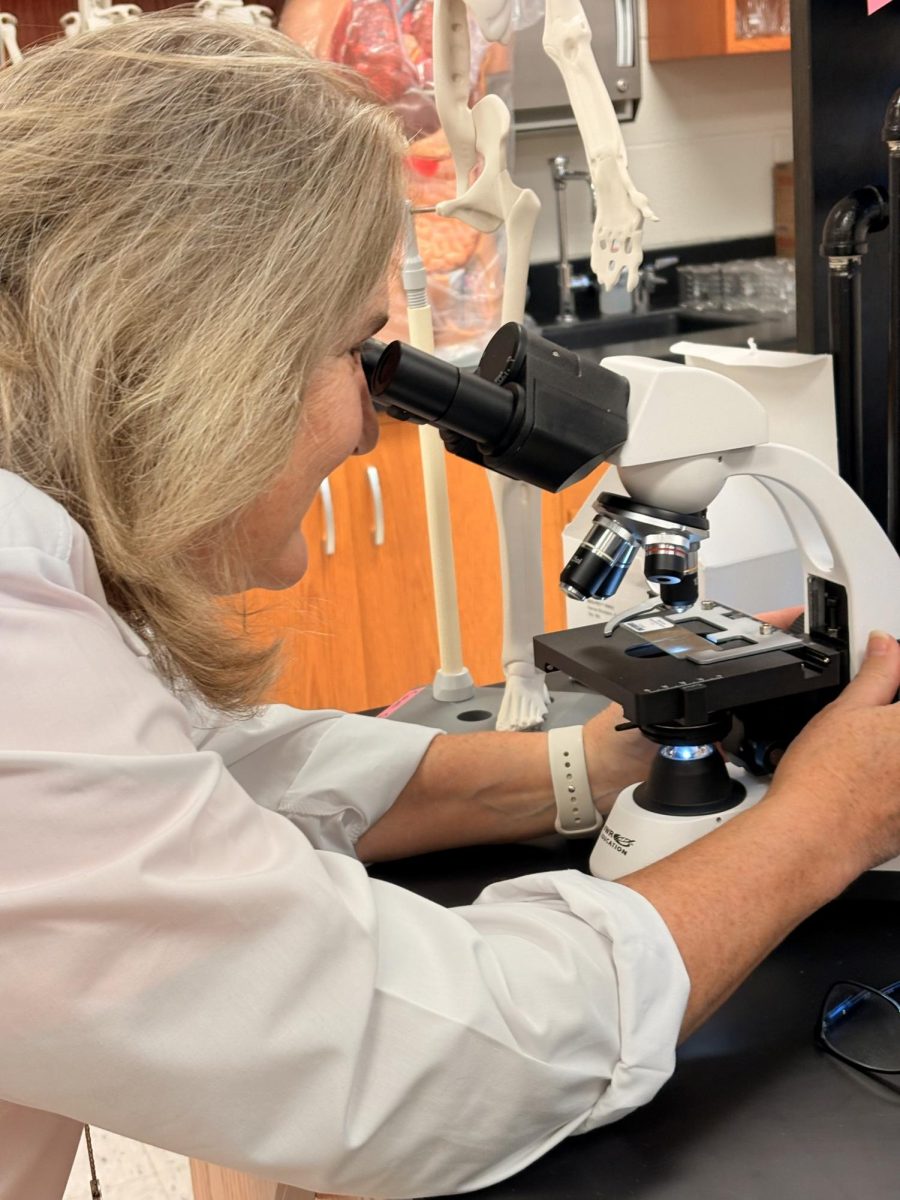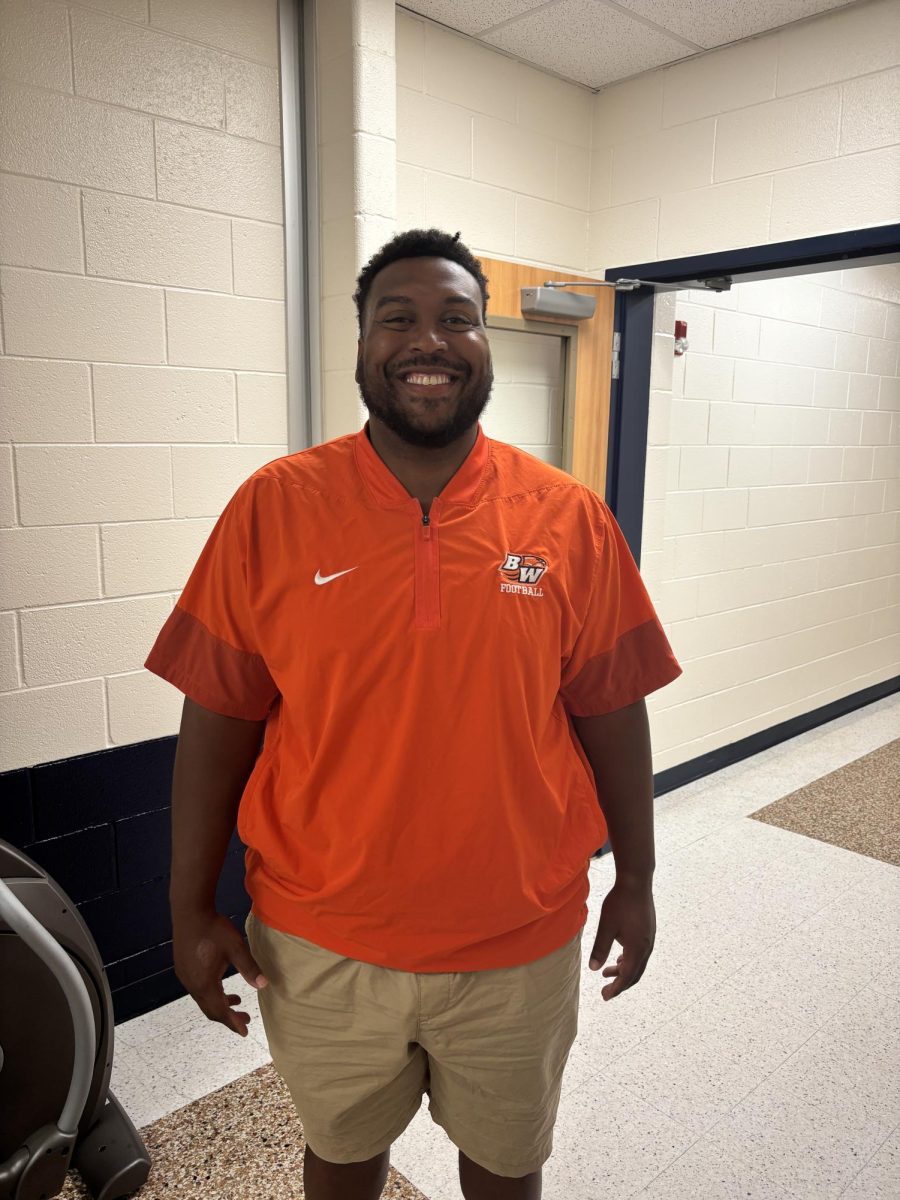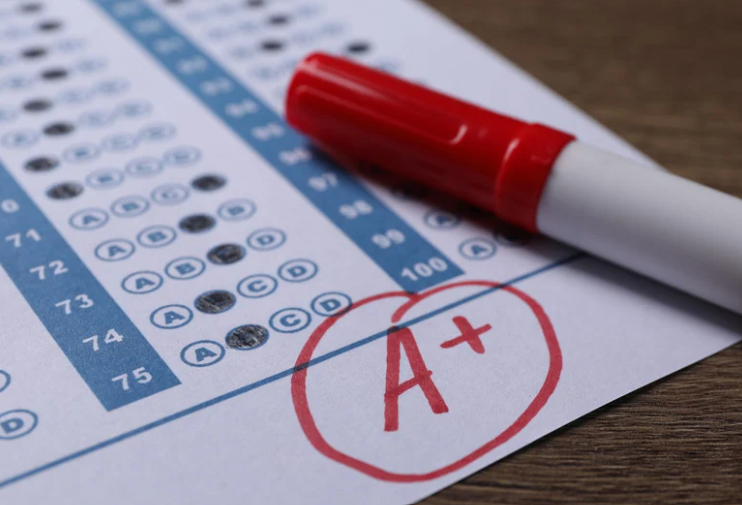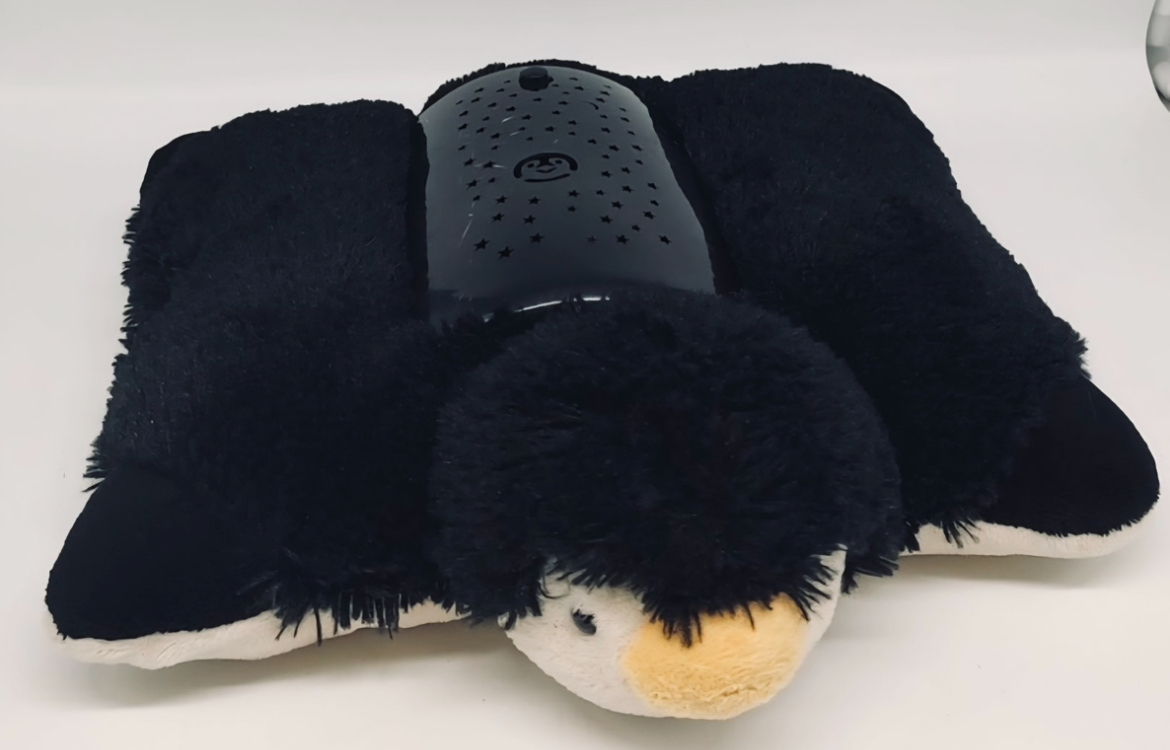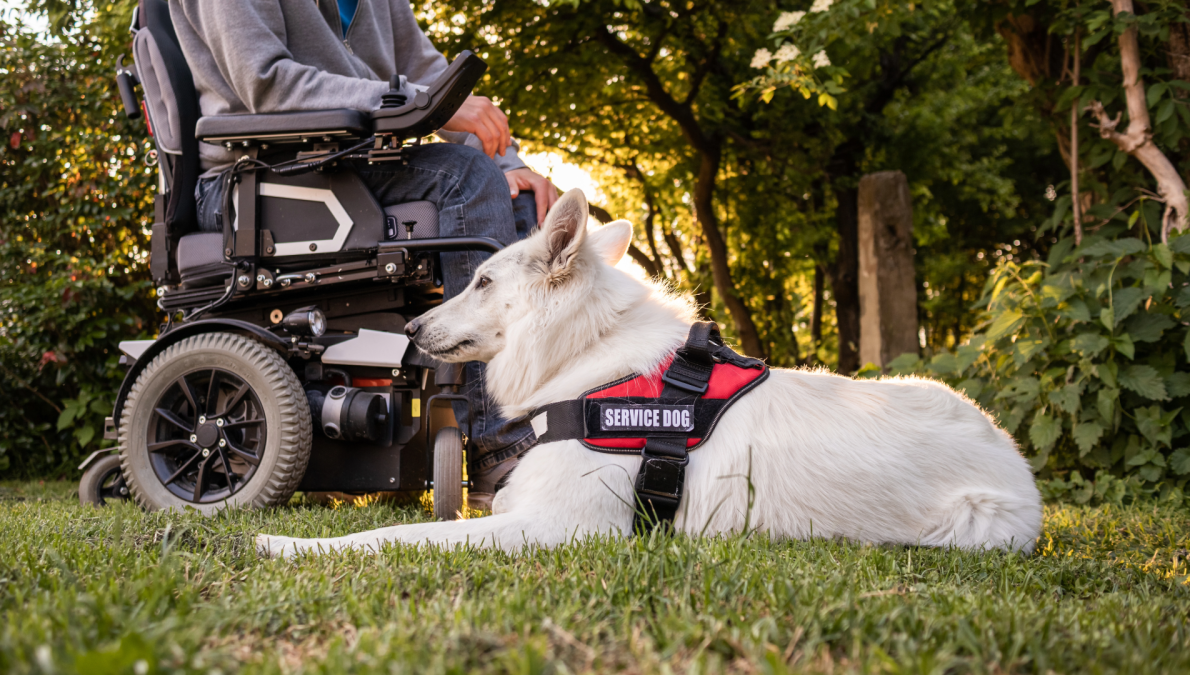Shoppers visiting Costco and other retailers this September will notice gold ribbons, part of a nationwide campaign to raise awareness of pediatric cancer.
According to St. Jude Children’s Research Hospital, more than 290 children are diagnosed with cancer every week, in the U.S. alone. While shoppers spend September stocking up on groceries or back-to-school supplies, families across the country or in the community face diagnoses that bring emotional, physical and financial challenges. Despite medical advancements, they need for more research and awareness remains urgent.
The student body can play a powerful role in raising awareness, even as high school students. “I just think creating awareness is important,” says Dr. Swanchara, head of HAMSci program. “In Health Occupations Students of America we did a drive last year for the new pediatric wing at Inova hospital in Loudoun” Drives and fundraisers remain as a successful way of spreading awareness, especially as it is easy to do as a student.
Students may not be able to conduct clinical trials, but they can make a difference by spreading knowledge. “Helping one person is helping our whole country,” she says. “I think knowledge is everything. The more people understand basic science and research, the more they realize that studying one cancer can lead to treatments for others.” Swanchara highlights how advancements in research have made changes, and how it is crucial to keep funding them.
Ms. Gross, sponsor of the Breast Cancer Awareness Club, said awareness efforts are most effective when they reach students directly. “Our Breast Cancer Awareness club does a lot of things, from fundraisers to campaigns at sporting events,” Gross said. “I think about getting the word out however you can. You need to target where students are at. Most students aren’t paying attention to announcements on the morning news show. It’s mostly going to be through word of mouth and through social media.” Social media has impacted raising awareness tremendously, something that students can do as well.
From the community’s perspective, they are raising awareness, raising funds. But what about from the patient’s point of view? School nurse Hayes, who previously worked on a hospital surgical floor, said children often show resilience even in difficult moments. “They may have just gotten chemotherapy, but they’re still up in the playrooms or they’re still active and they are still smiling,” Hayes said.
Supporting pediatric cancer research not only improves outcomes for children today but also builds stronger treatments for future generations. Change starts small, and can start from the student body. The World Health Organization writes their goal to join with sectors to increase pediatric cancer survival rate to 60% by 2030, a goal which students can participate in too. Whether through word of mouth, social media, fundraisers or something as simple as wearing a gold ribbon, communities can show children with cancer they are not fighting alone.
Source:
St. Jude Children’s Research Hospital. https://www.stjude.org/get-involved/other-ways/childhood-cancer-awarness-month.html
World Health Organization.
https://www.who.int/initiatives/the-global-initiative-for-childhood-cancer?sc_icid=ccam-lp-who


